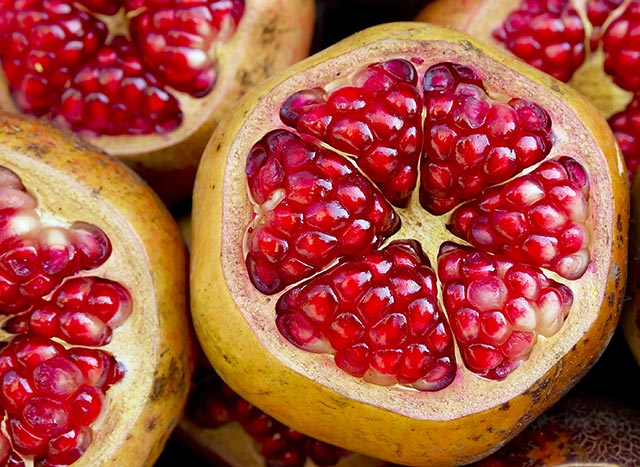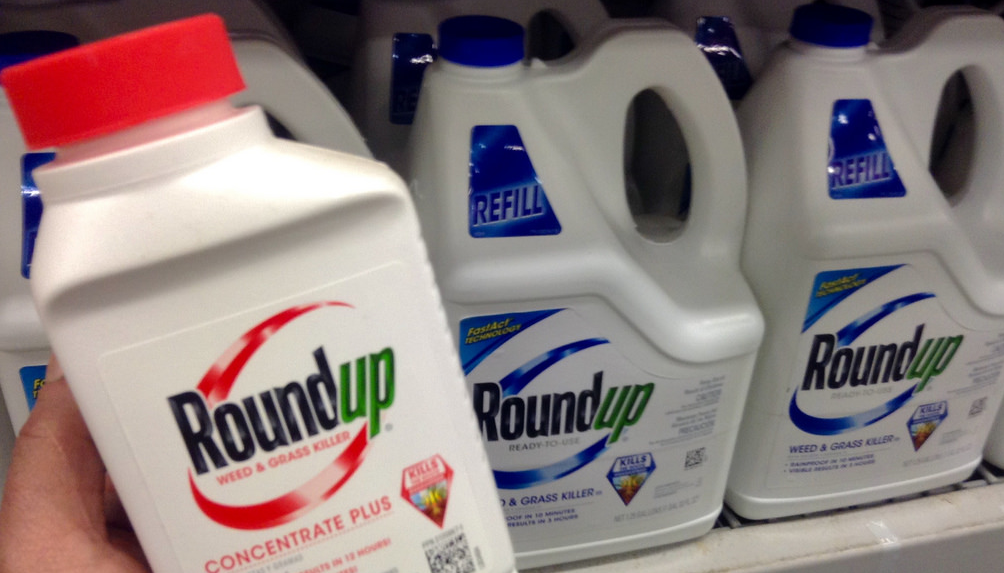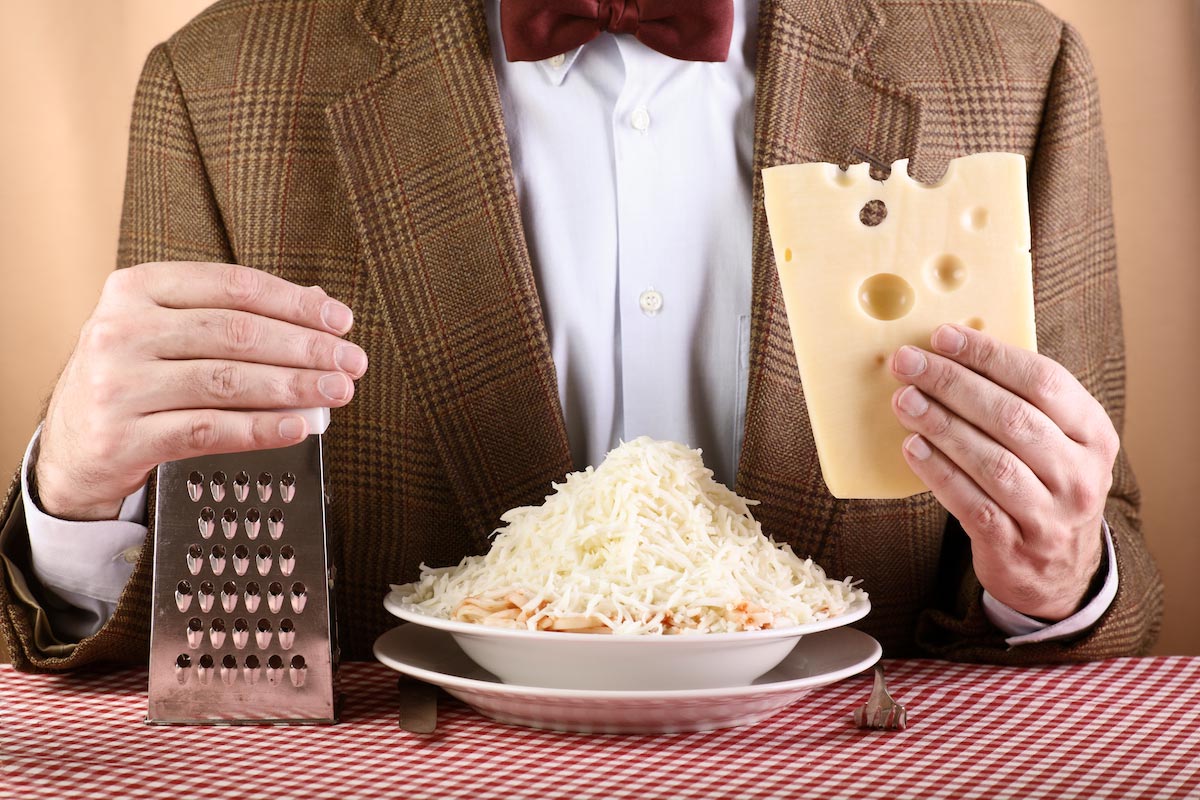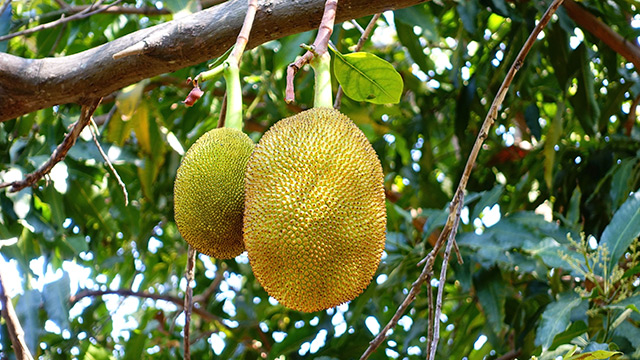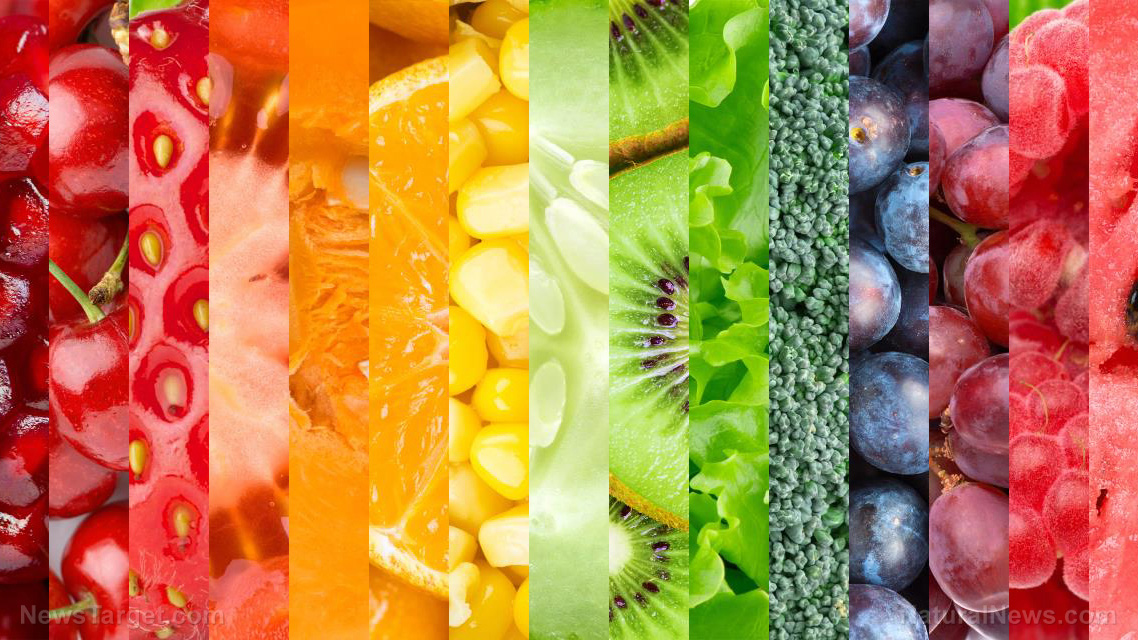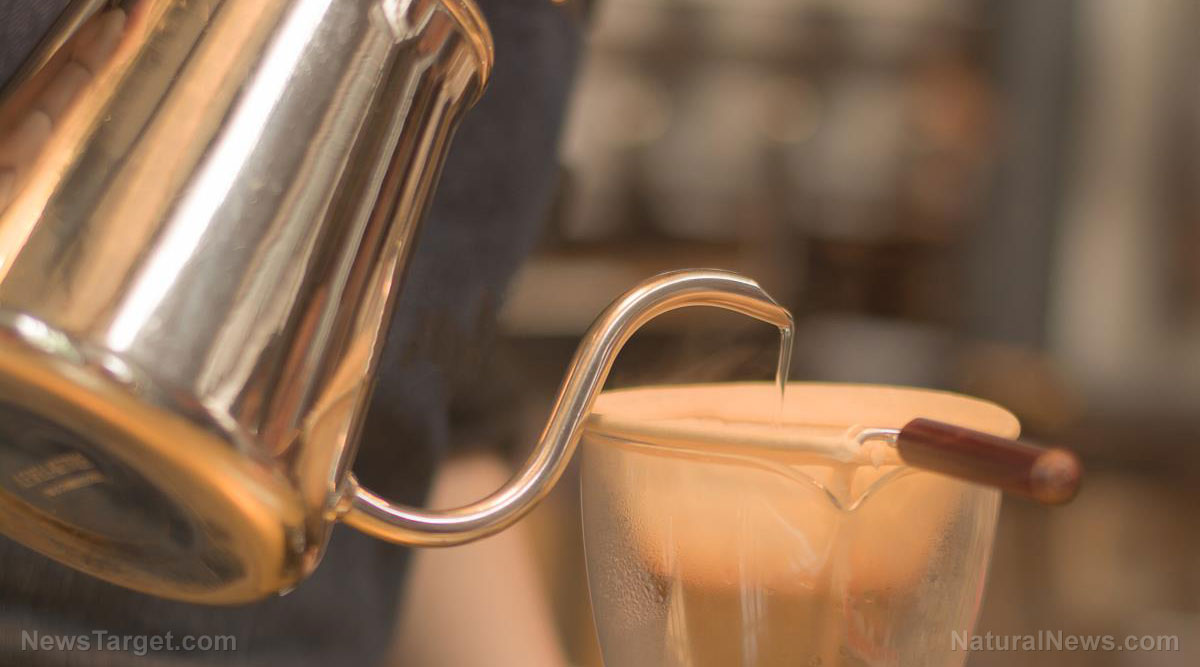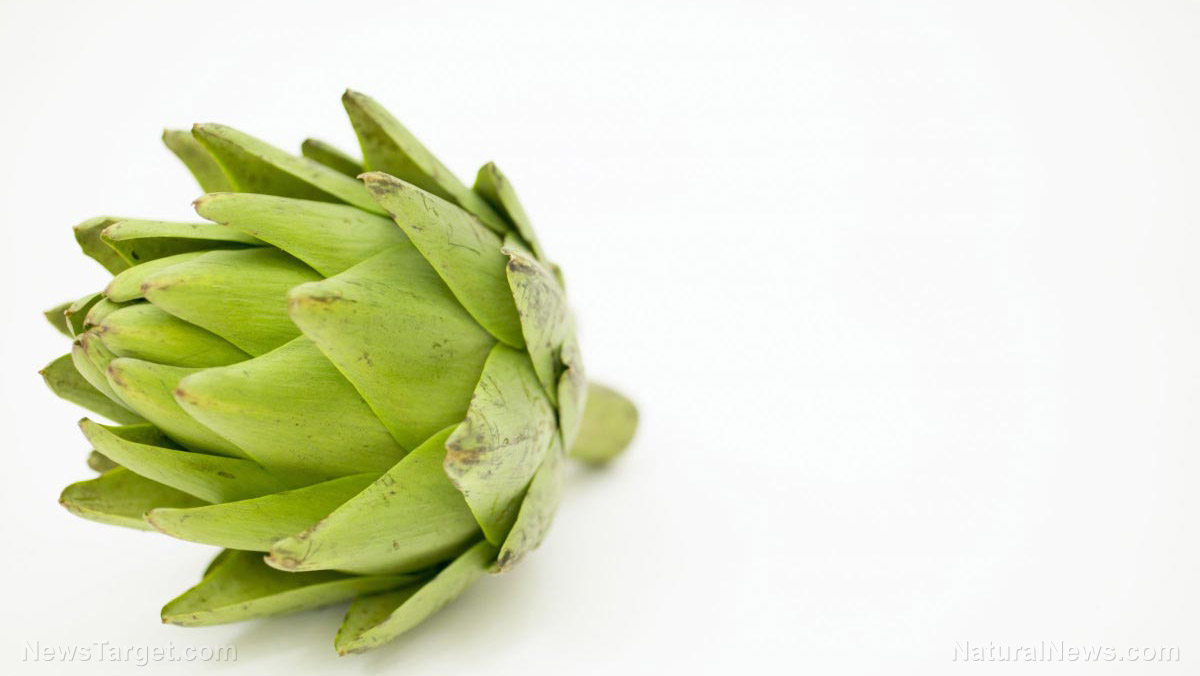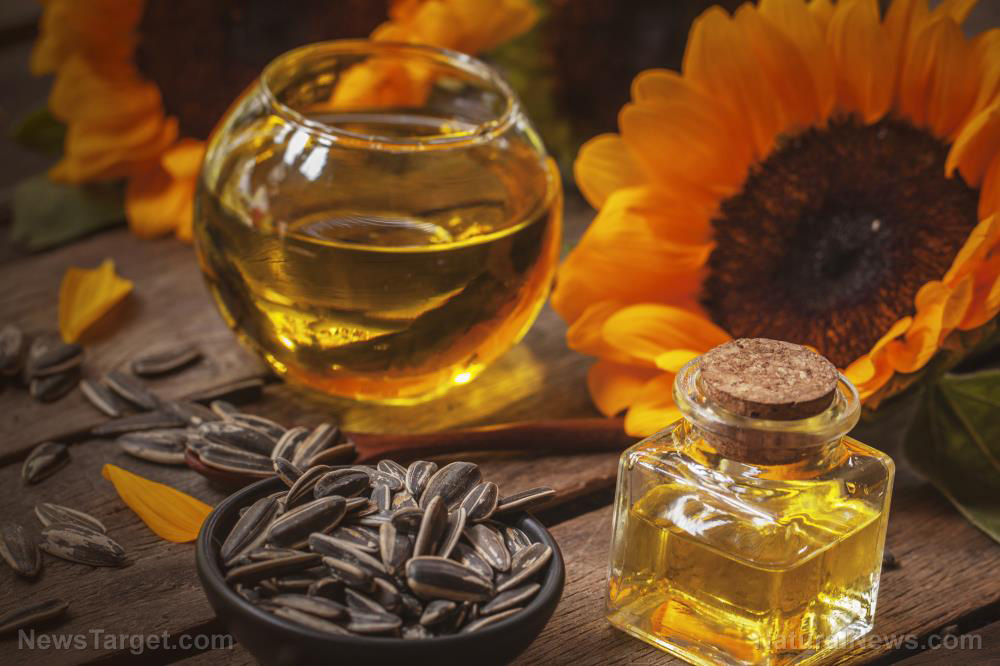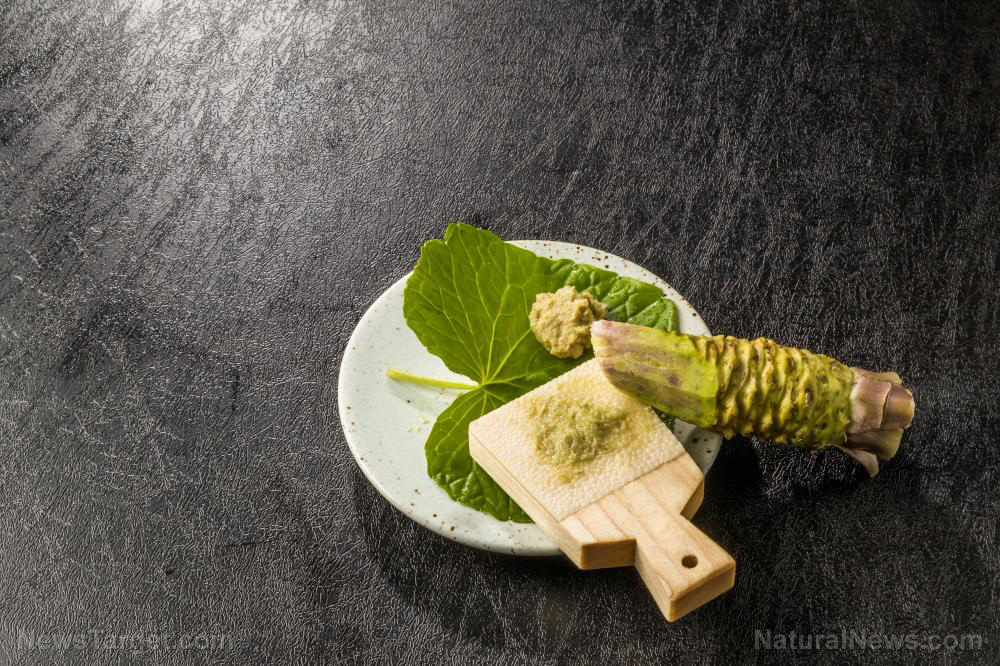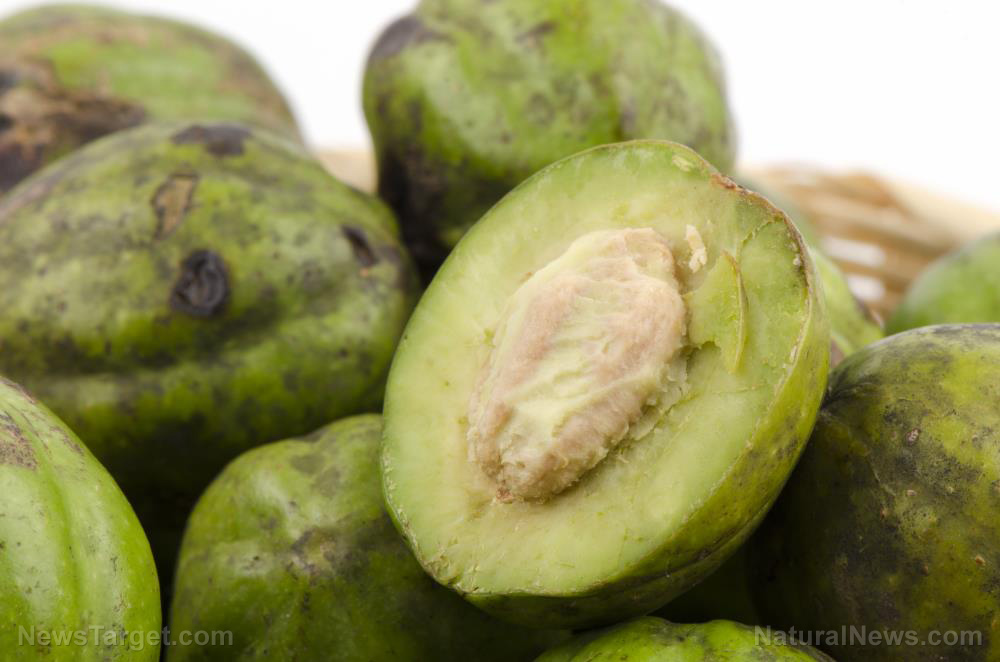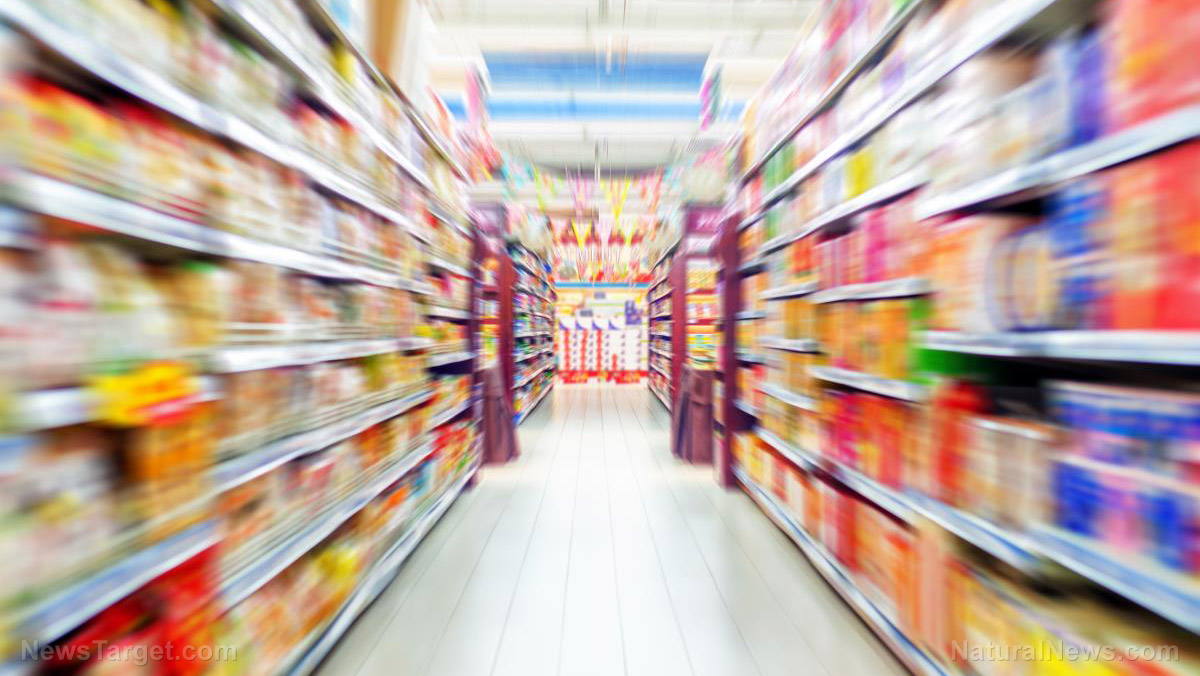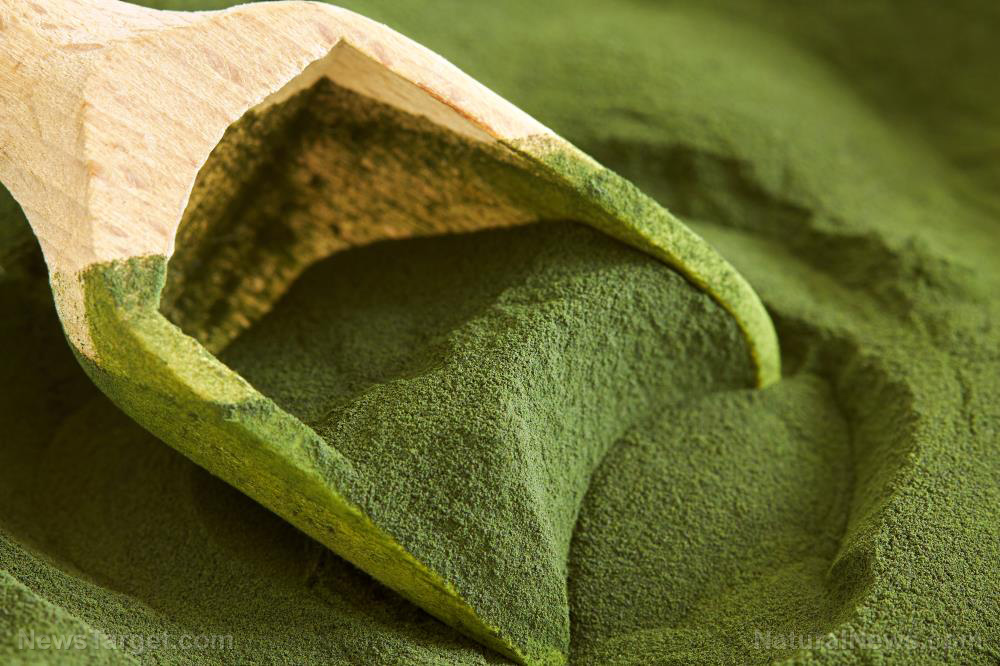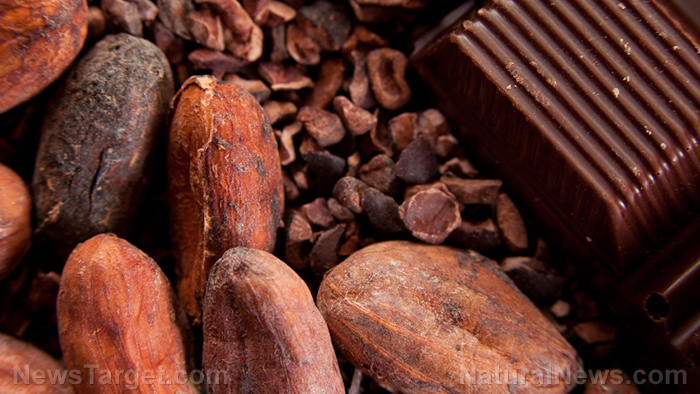Combining energy drinks with alcohol can damage your kidneys
12/17/2018 / By Edsel Cook
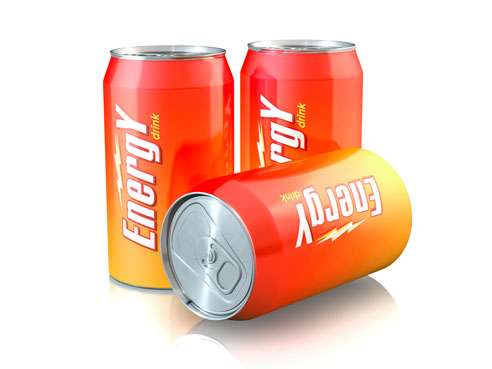
Alcoholic drinks are bad for your kidneys. So are chemical-laden energy drinks. It doesn’t take a scientific study run by geniuses to put together the idea that combining these two nasty liquids is going to do at least double the harm to your organs.
But for those who want their facts backed up by proper research, a Science Direct article brings up the recent findings of Brazilian researchers. They reported that the combination of alcohol and energy drinks could cause severe damage to the kidneys of rats.
Alcohol is one of the oldest addictive substances in the world. While many of the nutrients from the plants carry over to the final product, consuming more than what your body can safely detox will damage important organs like the liver and kidneys.
Energy drinks contain caffeine and taurine. In moderate amounts, these two chemicals can improve the functions of the body. However, energy drinks tend to contain excessive amounts of caffeine and taurine.
A good rule of thumb is that mixing together two substances will amplify the chemical effects of those substances. That is pretty much why alcoholic cocktails hit harder than a mug of ordinary beer or a glass of wine. They tend to play on each other’s strengths. (Related: Energy drink consumption linked to anxiety, depression, stress in young adults.)
Comparing alcohol inebriation, too much energy drinks, and both
Researchers from the Universidade Federal Do Rio Grande Do Sul (UFRGS) developed an animal model to simulate the effects of the two drinks on the human kidney. They gave the animals different combinations of potable liquids to mimic the effects of standalone drinks and mixes.
The control group received 10 milligrams per kilogram (mg/kg) of water to serve as a baseline. The other groups were treated with the following:
- 10 mg/kg of an unspecified energy drink;
- 3.2 mg/kg of caffeine combined with 40 mg/kg of taurine;
- Two grams per kilogram (g/kg) of 40 proof (20 percent) alcohol;
- Two g/kg of 40 proof alcohol mixed with 10 mg/kg of energy drink; and
- Two g/kg of 40 proof alcohol, 10 mg/kg of energy drink, 3.2 mg/kg of caffeine, and 40 mg/kg of taurine.
Following the oral gavage treatment, the researchers observed the animals for six hours. They recorded any differences in normal behavior. The rats were then sacrificed.
Kidneys take a beating
The UFRGS researchers reported that the treated animals behaved very differently from the control group. Depending on the substances consumed, the rats displayed different recurrence of actions like moving around their cages, grooming themselves or each other, rearing up on their hind legs, staying awake, and instances of abnormally fast breathing.
The caffeine-taurine combination led to greater amounts of thiobarbituric acid reactive substances (TBARS) and total thiols in the rats. The former is a marker for lipid peroxidation while the latter is the sulfur equivalent of alcohol.
Similarly, the rats that took the energy drink experienced higher rates of lipid peroxidation. At the same time, an increase in N-acetyl-?-d-glucosaminidase activity in the urine established a connection between energy drinks and alcohol-induced kidney poisoning (nephrotoxicity).
Further analysis of the animals showed that the rats given alcohol and energy drinks experienced congestion, hydropic degeneration, and hyaline degeneration of the liver. Meanwhile, the animals that got alcohol, caffeine, and taurine suffered instances of liver hemorrhage.
Hyaline degeneration is a form of cellular breakdown where water gathers inside a cell. It appeared in the kidneys of rats that consumed energy drinks, alcohol and energy drinks, caffeine and taurine, and alcohol-caffeine-taurine combination.
Finally, all treated animals experienced hemorrhaging kidneys. These results suggest that alcohol and energy drinks can inflict serious harm on kidneys, especially if they are taken together.
FoodScience.news can tell you more about unhealthy combinations of food and drinks that you should avoid.
Sources include:
OxfordBioMed.com [PDF]
Tagged Under: Alcohol, caffeine, energy drink, energy drinks, fitness, health risks, ingredients, kidney, kidney health, taurine

